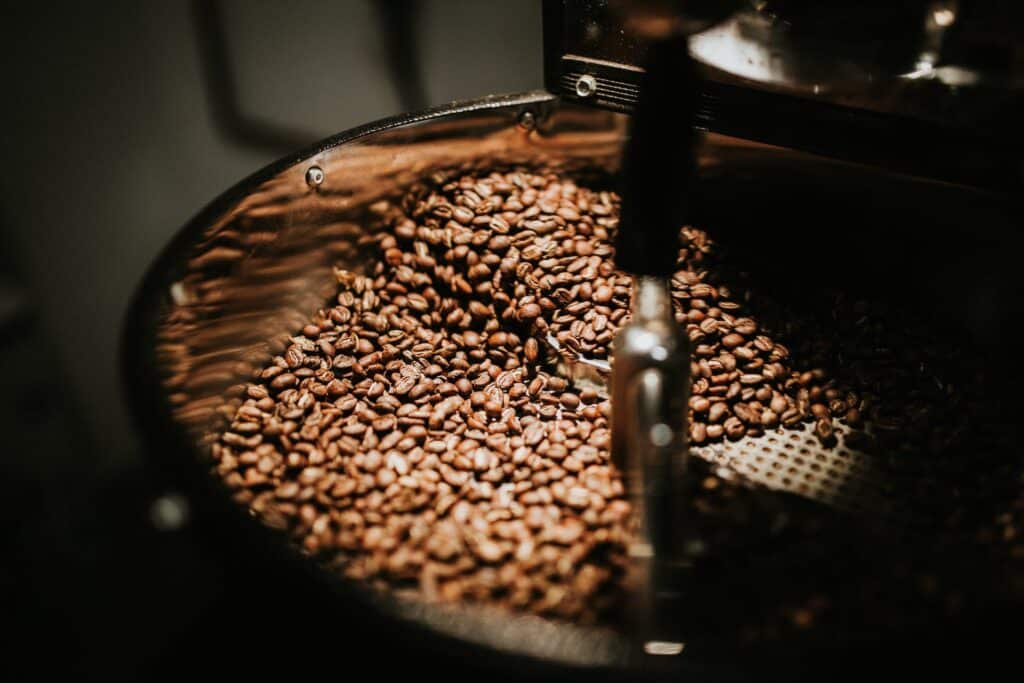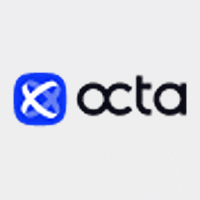
This is a guest post by Milad Azar, Market Analyst at XTB MENA.
The commodities market is primarily associated with oil, gas or also gold. When it comes to this group, we also often talk about grains, but it is far less common to talk about coffee, although this is a big mistake, as the coffee market is one of the most active commodity markets in the world, right after oil. It is sometimes considered a luxury commodity by the market, and an essential commodity by consumers. Can we currently speak of a deficit in the coffee market and fear that the black beverage may soon run out?
Brazil is the undisputed leader in terms of coffee production in the world, although this applies primarily to Arabica coffee. It is this coffee that is used primarily in espresso machines. Brazil is also “only” the world’s second largest producer of Robusta type coffee. This type of coffee, in turn, is used primarily for the production of instant coffee. Most Robusta is grown in Asia, mainly in Vietnam and Indonesia.
However, when looking at the behavior of coffee prices around the world, we look primarily at Brazil and Arabica. Production problems in Brazil often cause massive increases in the price of coffee worldwide, while on the other hand, good harvests cause marked declines. Such situations very often last for years. Looking at the last 10 years, the market was even flooded with new harvests. Although with demand growing dynamically and scoring a slight stop after 2020, we had two periods when supply all too exceeded demand. These were the years 2014-2016 and 2020-2022. Despite this, stocks in the markets tended to shrink, and coffee prices are currently at relatively high levels. Where does this come from?
The secret to low stocks in the coffee market
Of course, it is important to know that coffee cannot be held indefinitely, as is the case with gold, for example. In the agricultural commodities market, storage capacity is limited – agricultural products simply spoil. As a result, despite the huge oversupply on the market in recent years, we have seen a decline in end-of-season stocks, which are now near their lowest levels in 10 years.
Then why the price spike, when there was a huge oversupply in the market? It was due to the low prices of certified, top-quality coffee. Although Brazil is the largest producer of coffee in the world, Central American countries, including Colombia, lead the way in producing the “best” coffee. Stocks of certified coffee in ICE exchange warehouses had been melting for many years, reaching such extremely low levels that stocks were not even enough for 1 day of global consumption. The lack of availability of coffee for supply was a problem, resulting in very strong increases in coffee prices to the vicinity of 250 cents per pound in 2022. These were the highest levels in more than 10 years. It was 2011 that we had prices near the highest ever at around 300 cents per pound. It was only slightly higher in the mid-1990s.
Low stocks of certified coffee are the result of an overharvest of coffee worldwide, which at one point caused prices to fall below 100 cents per pound. It is estimated that the marginal cost of producing coffee on smaller plantations is a minimum of 120 cents per pound. With prices staying low for years, certified coffee production has dropped significantly.
That’s not all, however. On December 1, the rules for certifying coffee in ICE warehouses are changing. Until now, coffee that sat in warehouses for too long could receive an “old-age penalty,” which amounted to a few to a dozen cents per pound of coffee. In order to avoid selling coffee for lower amounts, traders pulled coffee out of storage and recertified it or sold it outside the contract market. As of December 1, such a practice will no longer be allowed and once certified coffee will not be allowed to go through again. Many participants in this market have been pulling stocks out of the exchange over the past few months to avoid the old-age penalty, resulting in a massive drop in stocks. After the first of December, we’ll see if the market was actually so tight, and whether previously pulled stocks will return to the market for the last time. Reuters estimated that as many as 160,000 bags were awaiting certification, which accounted for more than half of the currently available stocks.
What’s next for coffee prices?
Coffee prices rebounded back in October, although after fairly long-term declines. The rebound in coffee prices had to do with declining stocks and uncertainty about the El Nino weather phenomenon. El Nino tends to affect significantly changes in terms of temperature and rainfall, which could expose coffee crops to lower yields. On the other hand, forecasts at the moment point to near-record growth in Brazilian coffee production. On top of that, Brazil is now exporting almost the most in history, which is at odds with the picture of extremely low coffee stocks. Nevertheless, speculators have significantly reduced the number of short positions in the market, suggesting a further rebound in prices. The seasonality in the coffee market, which usually suggests higher prices at the end of the year, says the same.
Nonetheless, the next year is a puzzle – an extremely large global production of 174 million bags (60kg) is expected, with record demand exceeding 170 million bags. If this picture of the market persists, it will be difficult for increases to continue. However, if it turns out that coffee production in Brazil does not rebound at all, and El Niño takes its negative “toll,” the market may be close to a deficit for the 2023/2024 season. In that case, it may turn out that the extremely low stocks of coffee prices on the ICE exchange have shown that the market may indeed be short of coffee, at least of the best quality.
Related Articles
Trade Commodities with our top brokers
| Broker | Features | Regulator | Platforms | Next Step | |
|---|---|---|---|---|---|
 Your capital is at risk
Founded: 2014 Your capital is at risk
Founded: 2014 |
|
FSPR | MT4 | ||
 Your capital is at risk
Founded: 2006 Your capital is at risk
Founded: 2006Europe* CFDs ar... |
|
ASIC, FSA, FSB, MiFID | MetaTrader4, Sirix, AvaOptions, AvaTrader, Mirror Trader | ||
 Between 74-89% of CFD traders lose
Founded: 2010 Between 74-89% of CFD traders lose
Founded: 2010Between 74-89 % of retail investor accounts lose money when trading CFDs |
|
ASIC, FCA | MetaTrader 4, MetaTrader 5, cTrader | ||
 Your capital is at risk
Founded: 2009, 2015, 2017 Your capital is at risk
Founded: 2009, 2015, 2017 |
|
ASIC, CySEC, IFSC | MT4 Terminal, MT4 for Mac, Web Trader, iPhone/iPad Trader, Droid Trader, Mobile Trader, MT5 | ||
 Your capital is at risk
Founded: 2006 Your capital is at risk
Founded: 2006 |
|
CySEC, DFSA, FCA, FSB, SIA | MetaTrader4, MetaTrader5, cTrader, FxPro Edge (Beta) | ||
 Your capital is at risk
Founded: 2011 Your capital is at risk
Founded: 2011 |
|
CySEC, FSC, FSCA, MISA | MT4, MT5, OctaTrader | ||